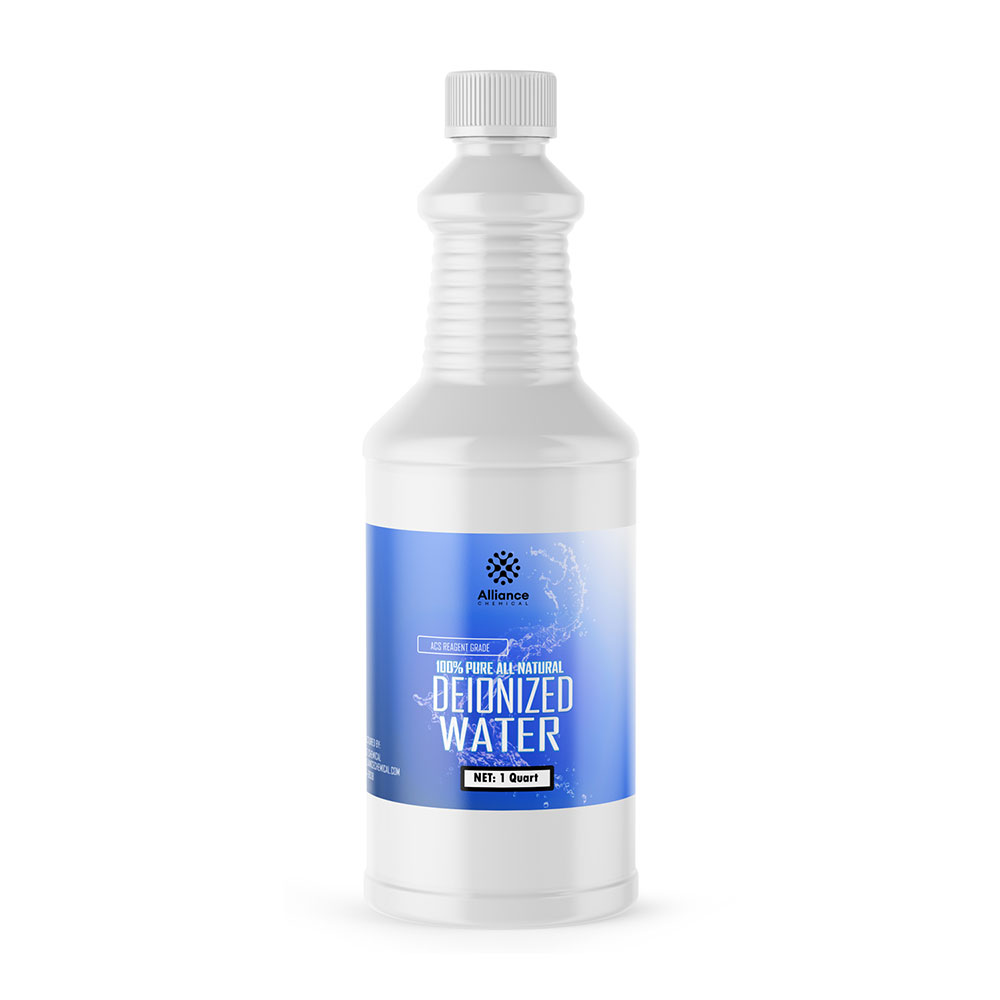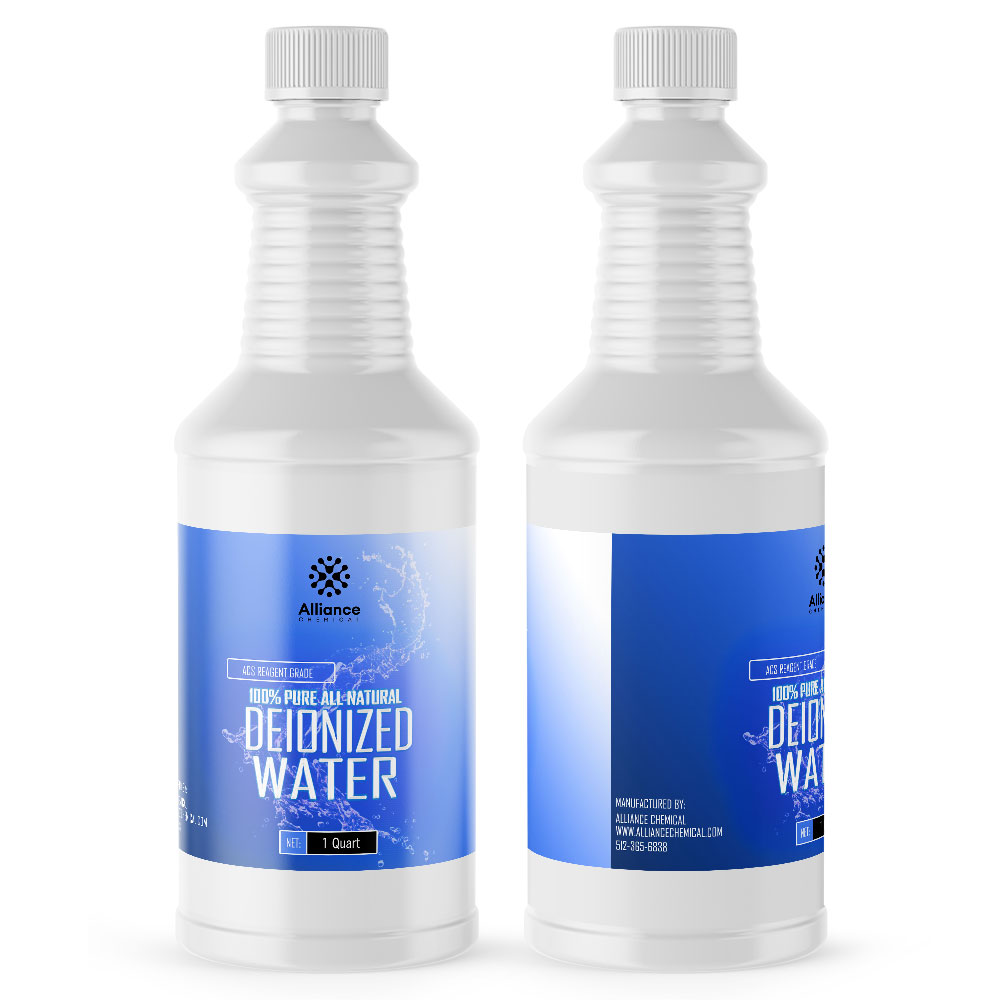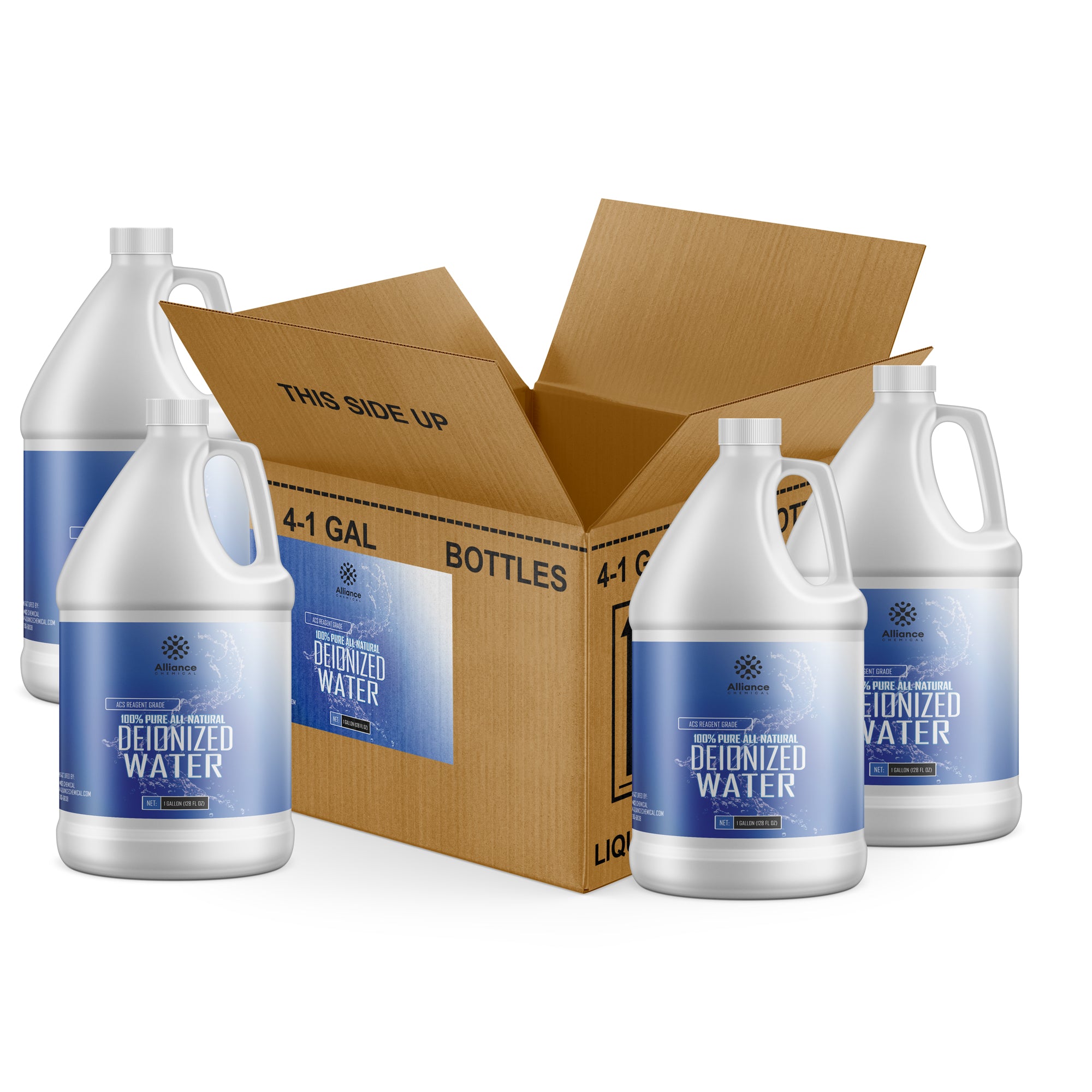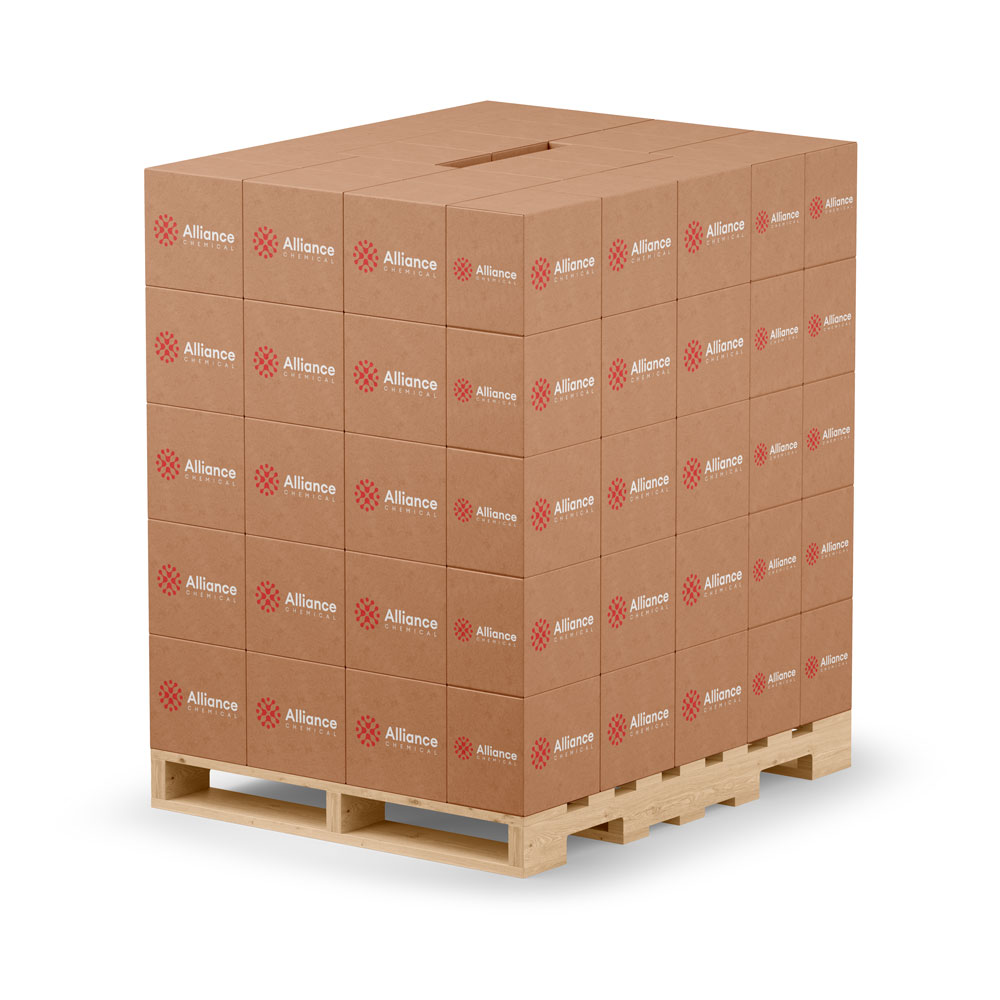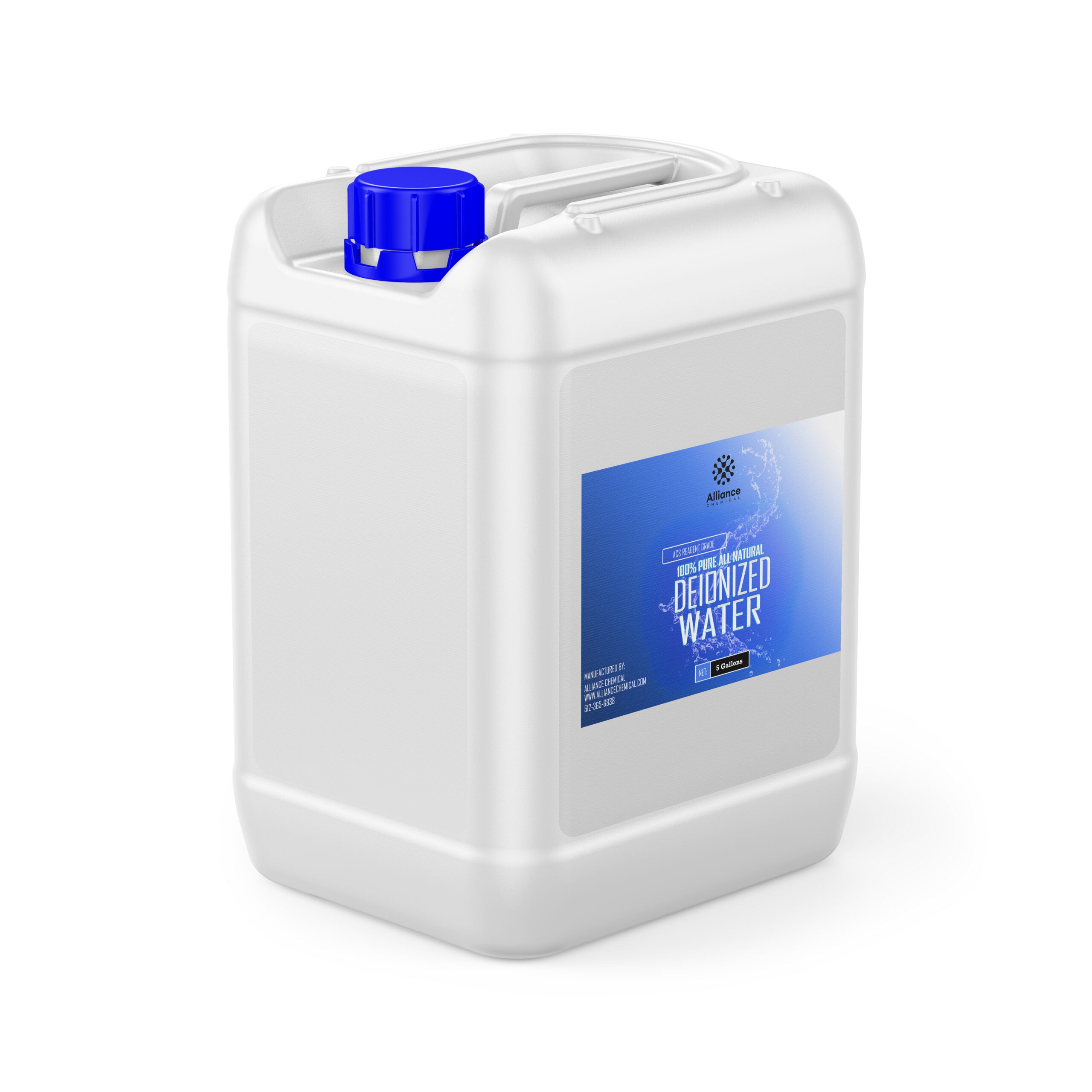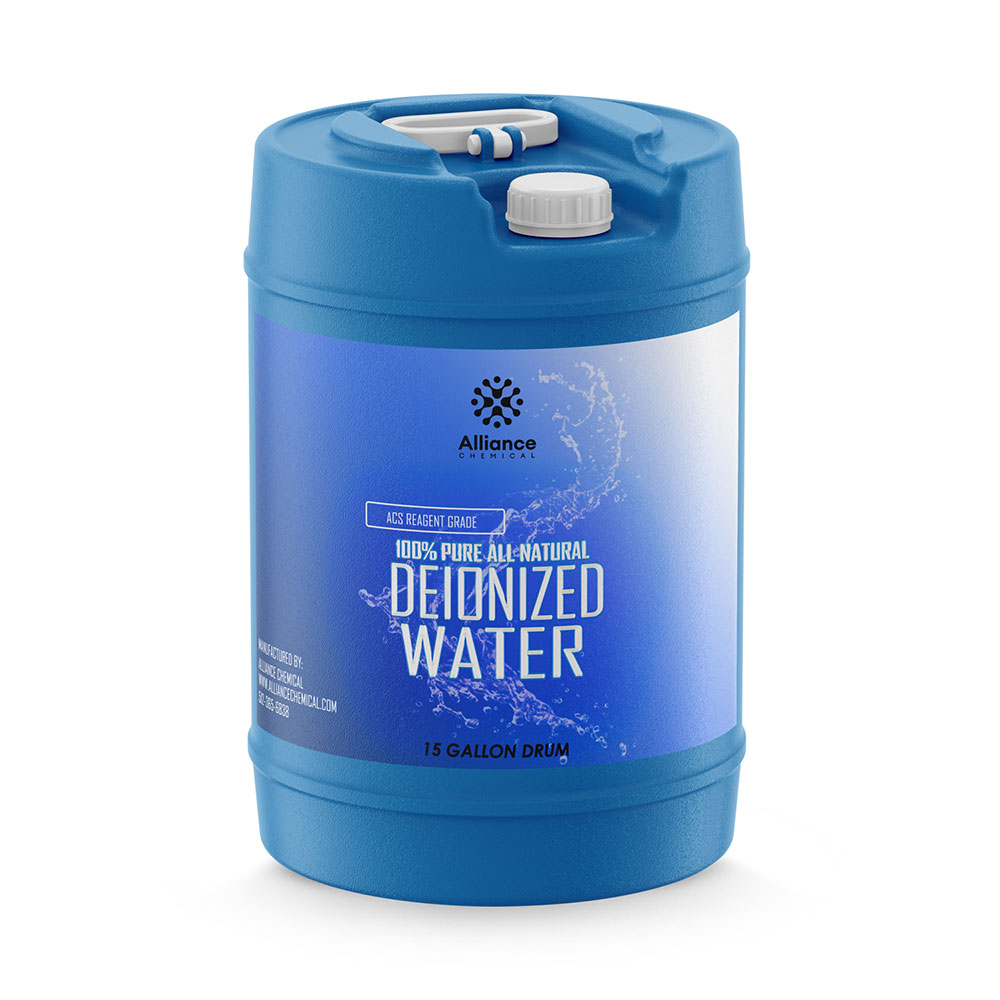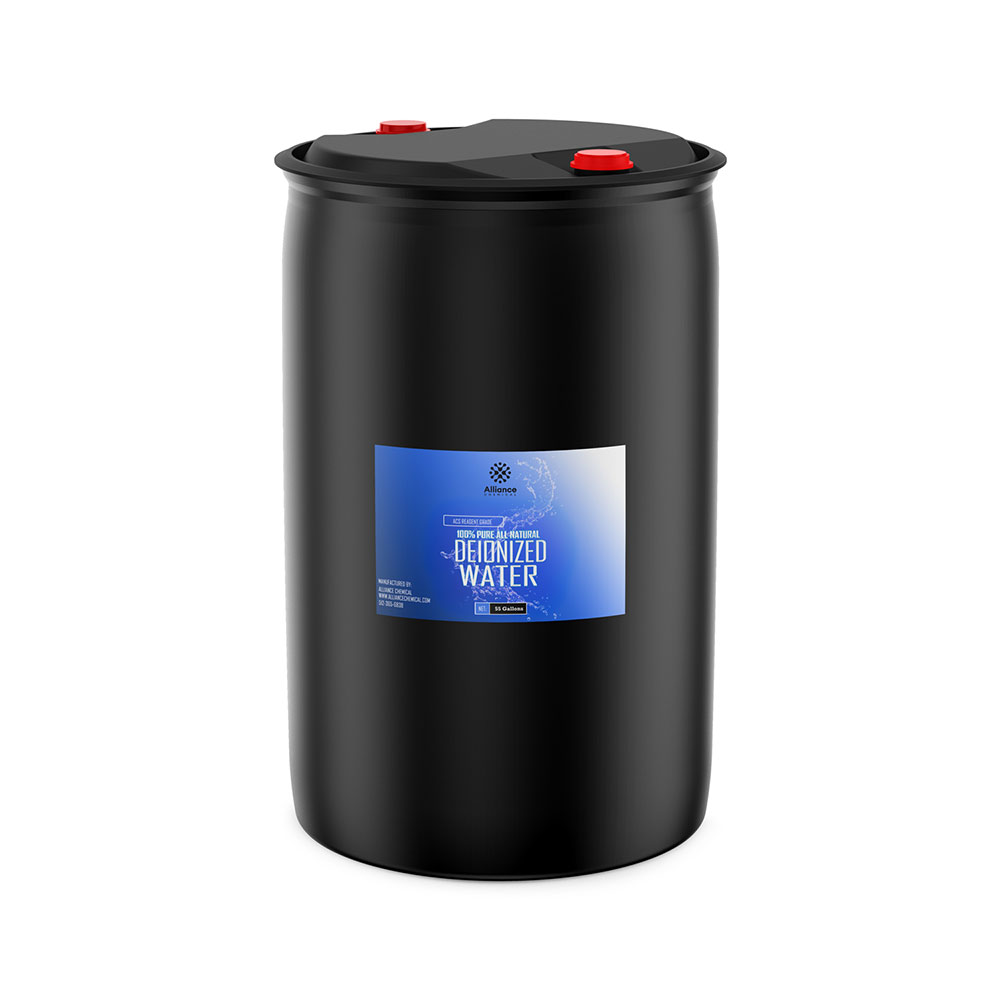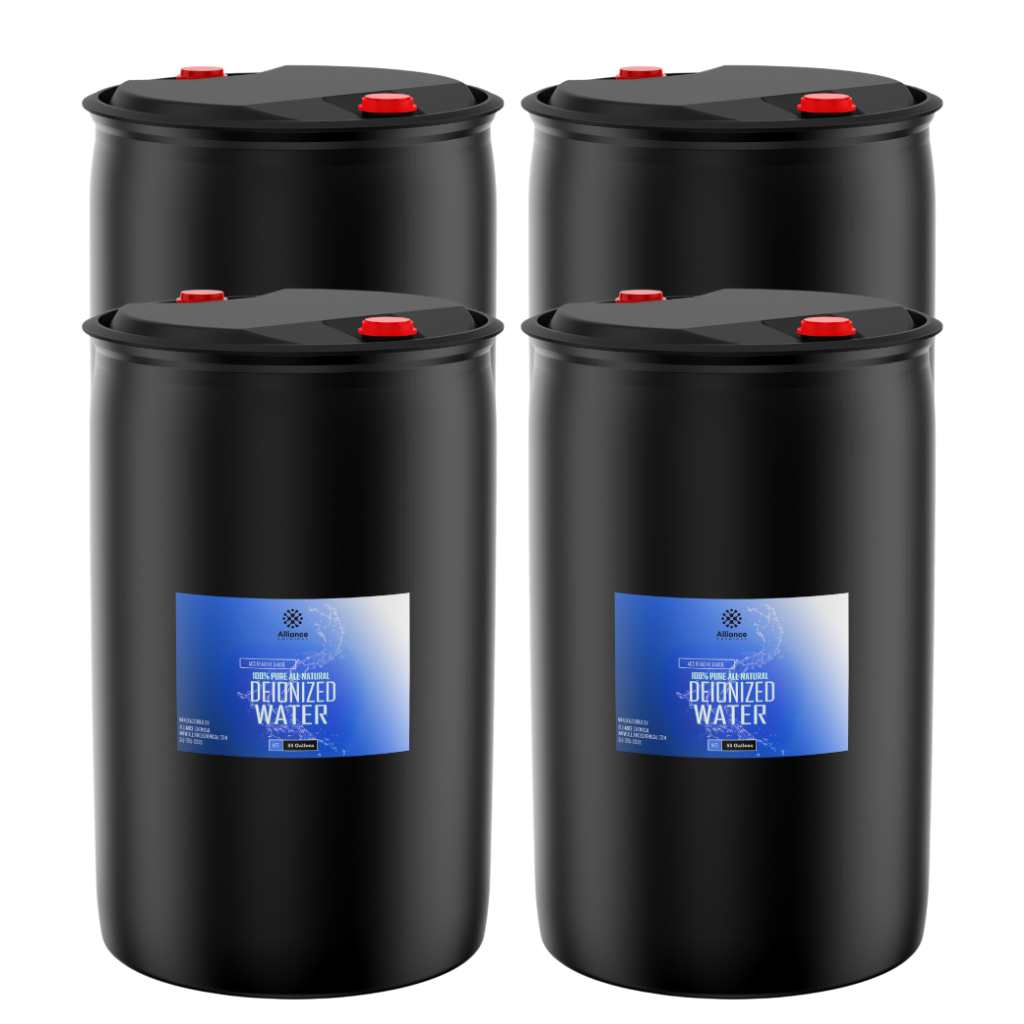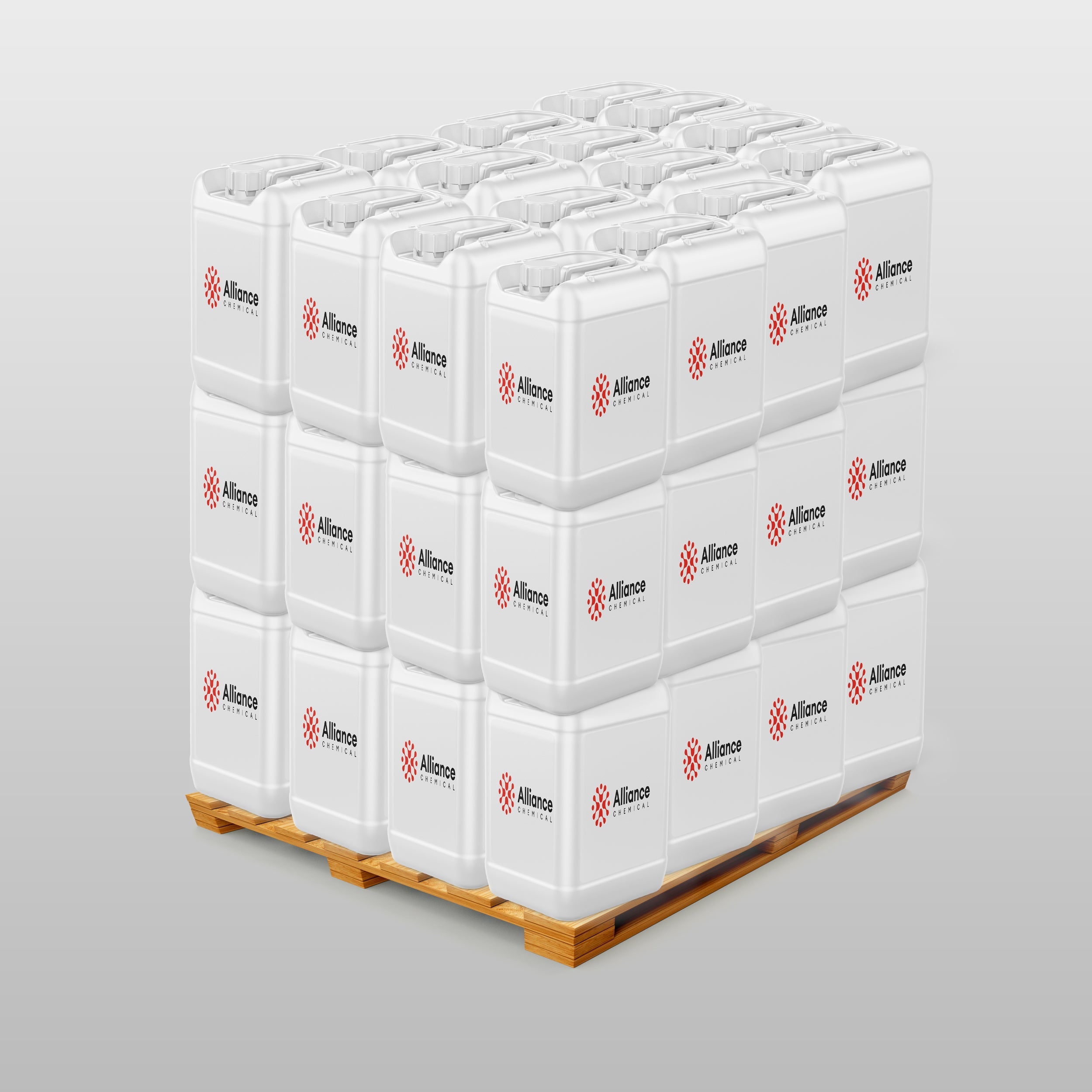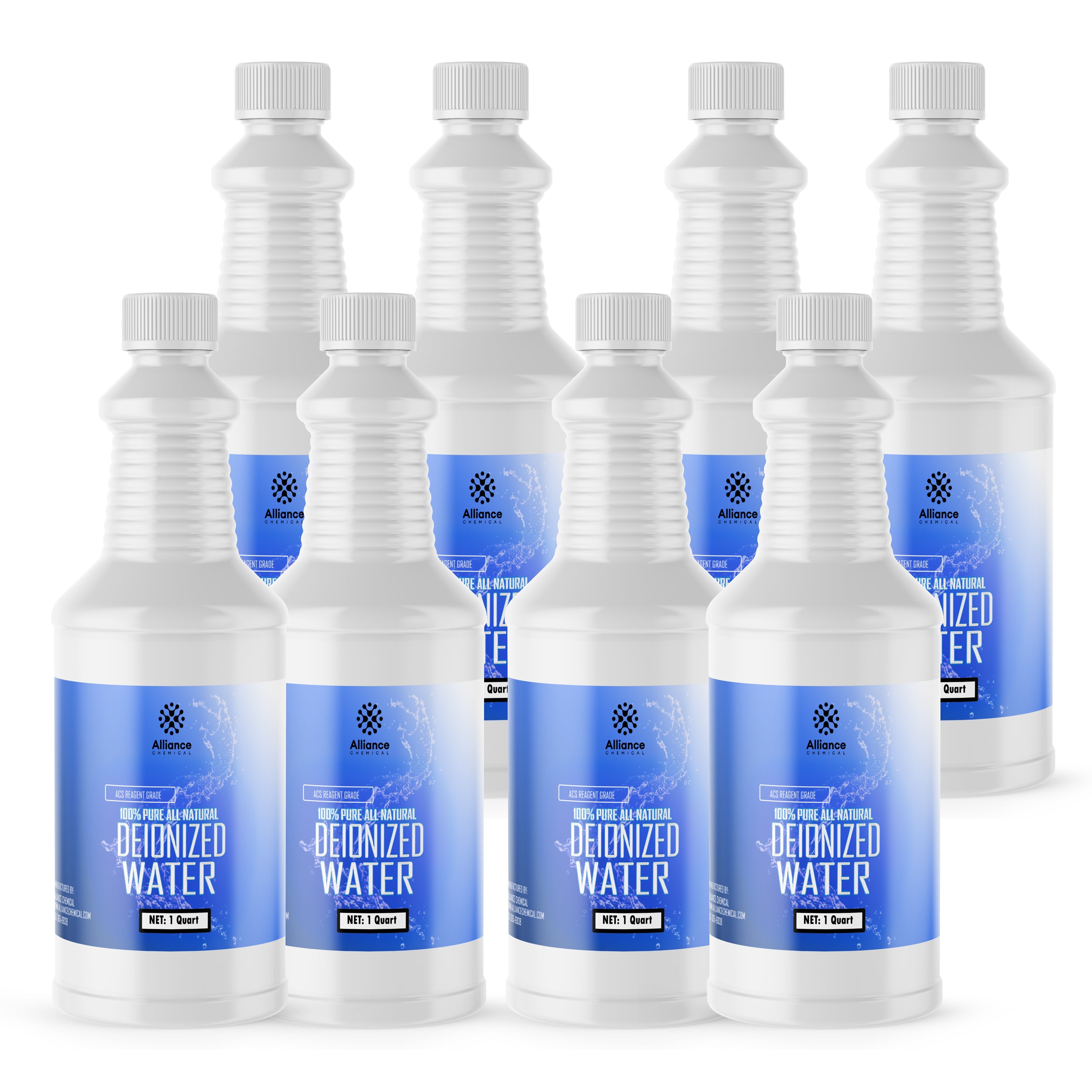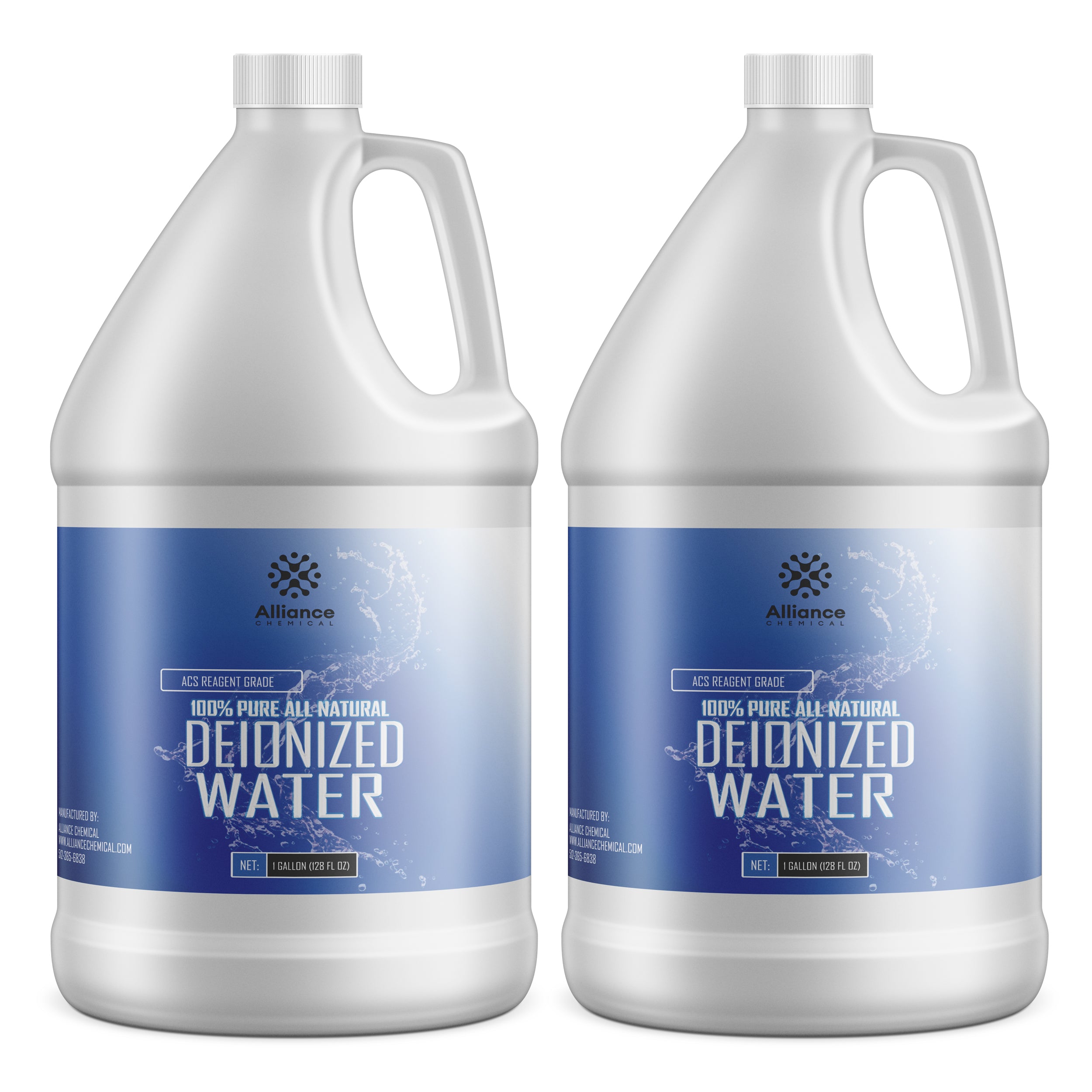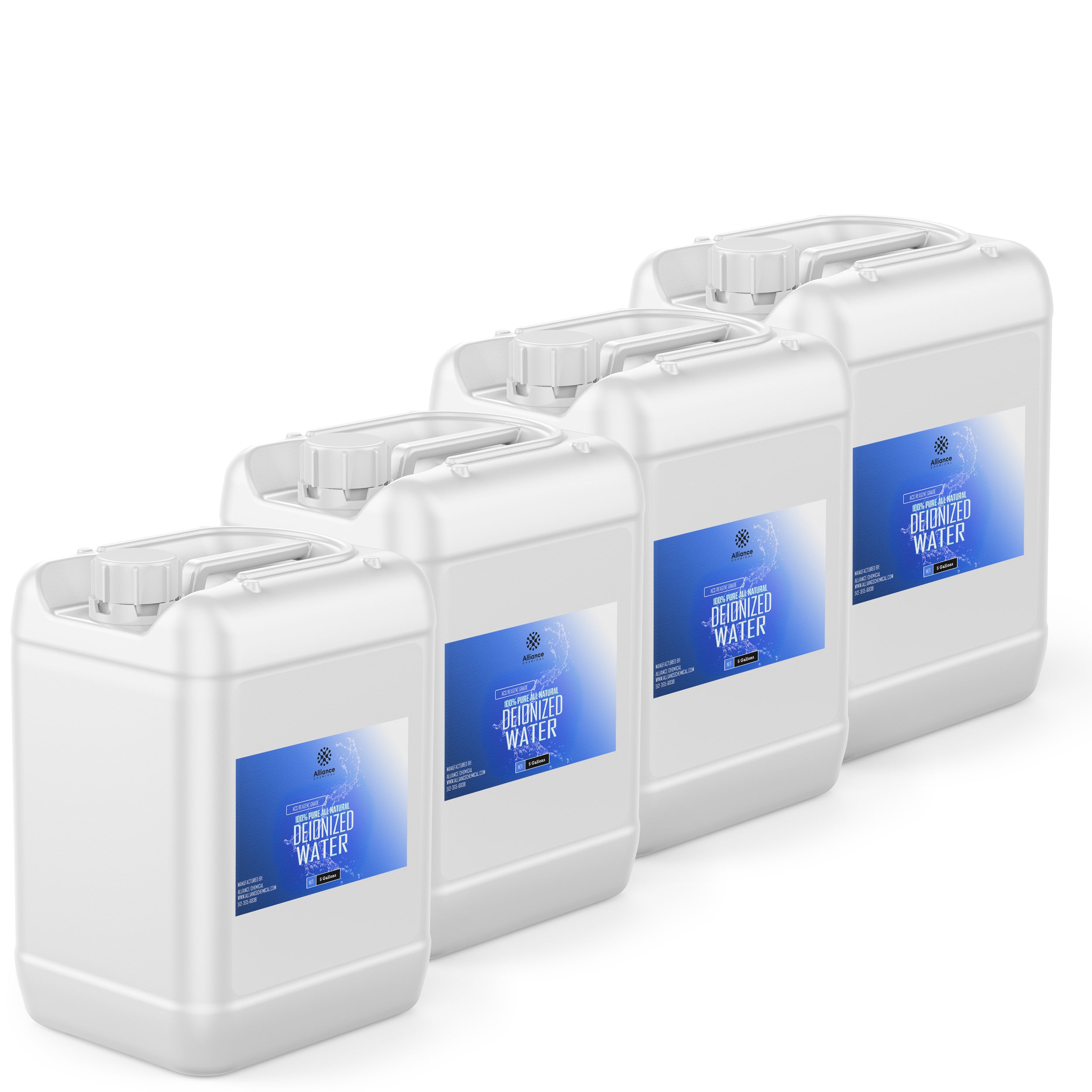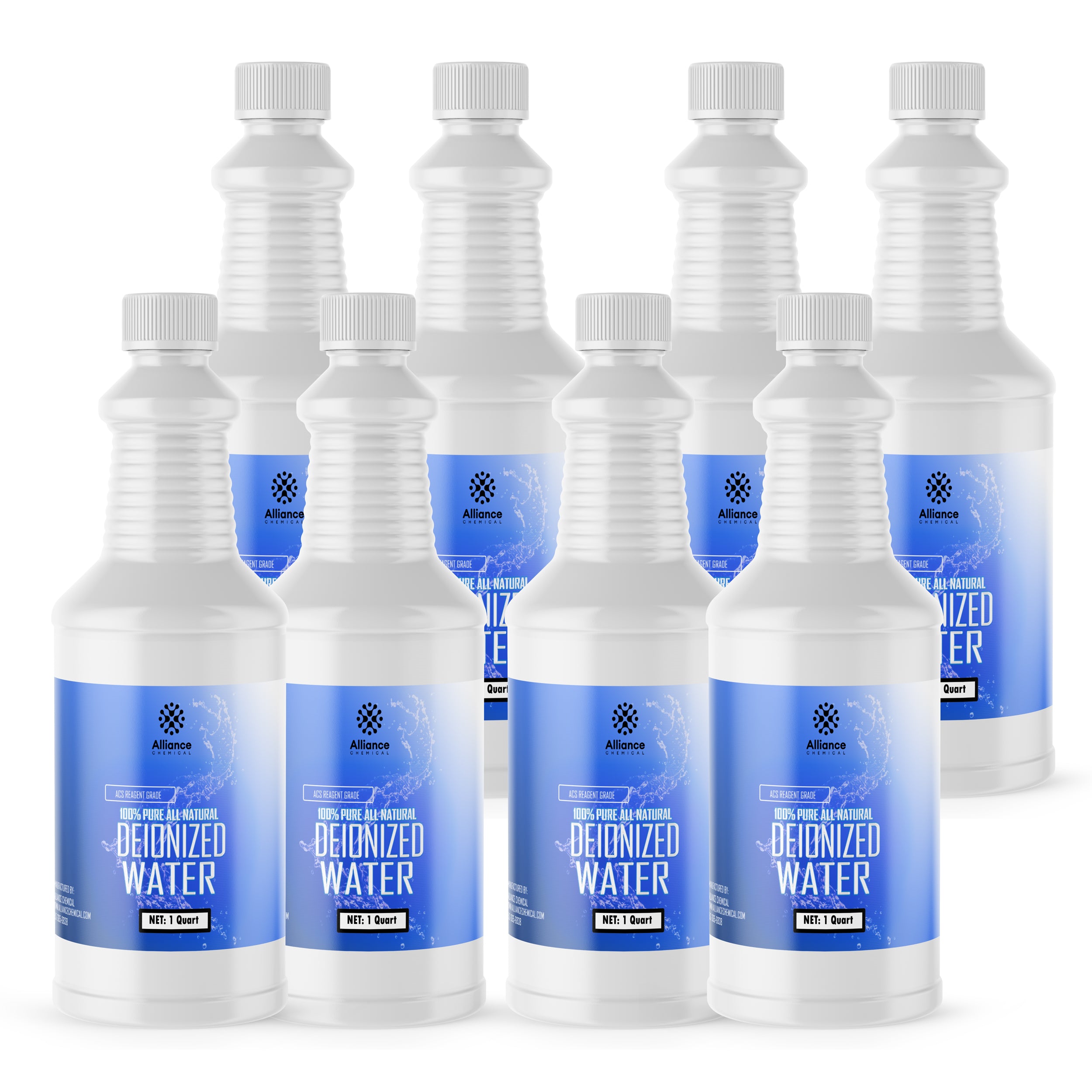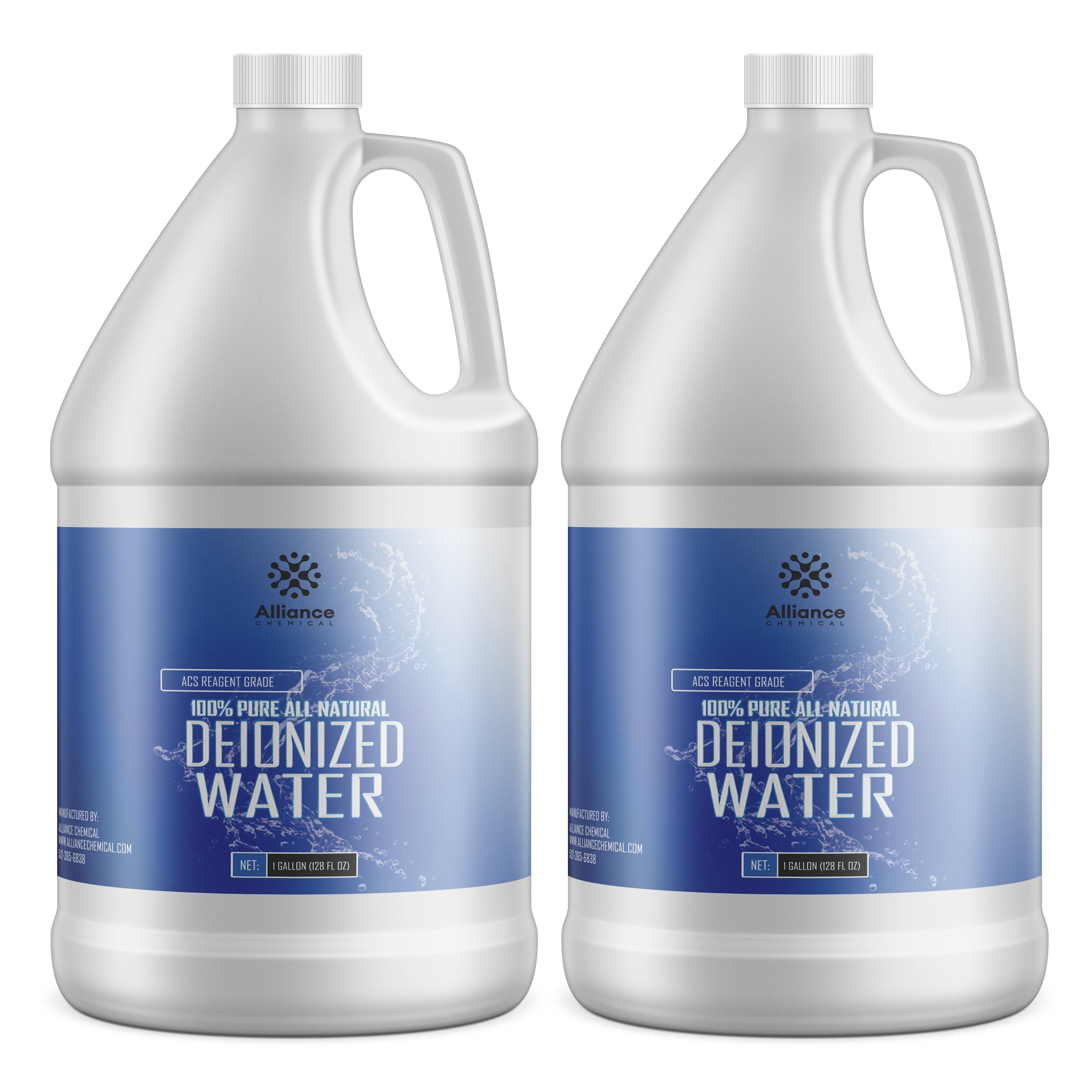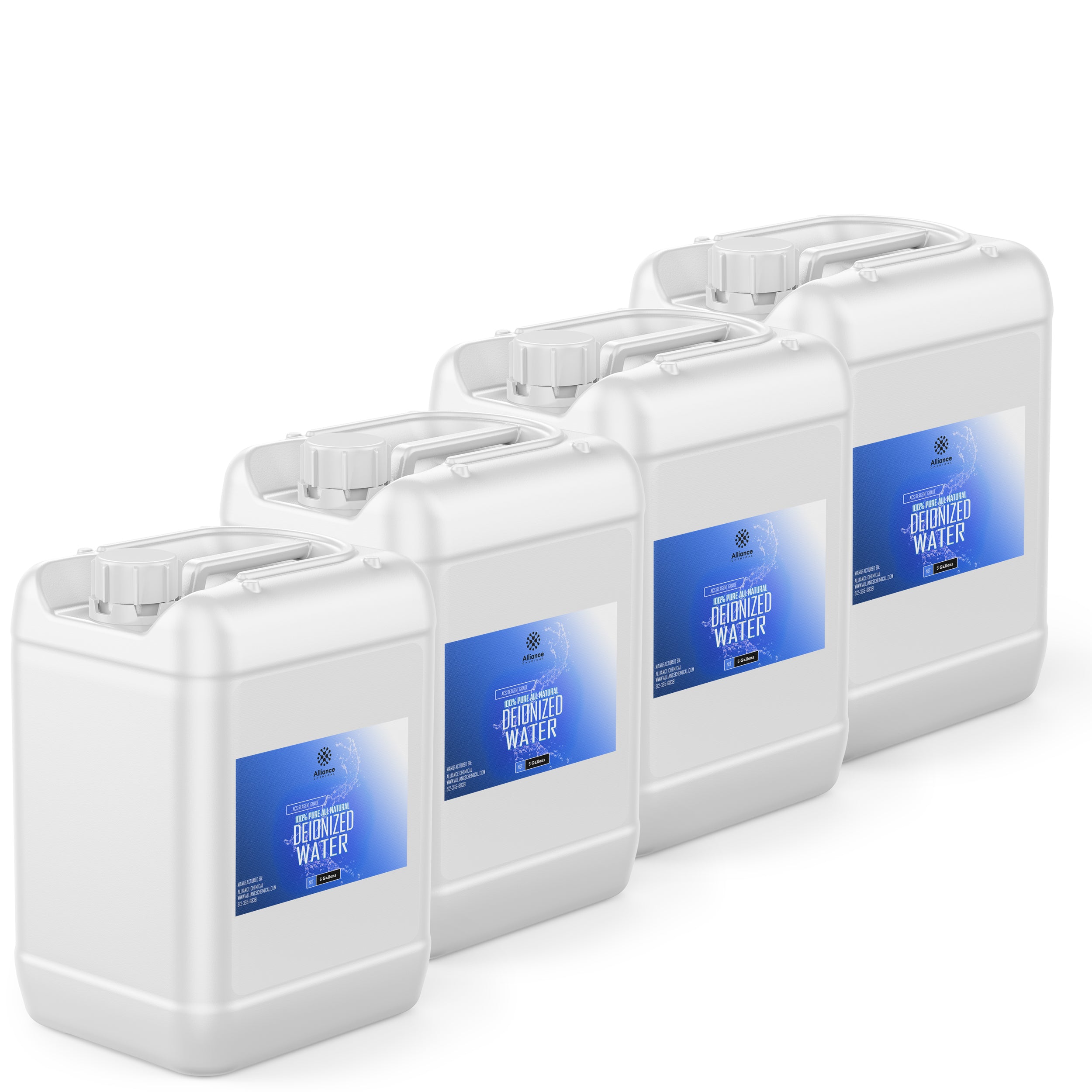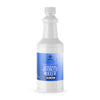Ask a question
Product Overview
Deionized Water (DI water), also known as Demineralized Water or Purified Water, is water that has undergone ion-exchange processes to remove mineral ions such as sodium, calcium, iron, and copper. This treatment yields a highly pure, low-conductivity aqueous medium suitable for analytical and industrial applications where ionic interference must be minimized. The product is supplied in a clear, colorless liquid with odorless characteristics, optimized for repeatable performance in laboratory assays, instrumentation, and manufacturing processes. DI water is produced to meet stringent quality specifications, including low total dissolved solids (TDS) and controlled conductivity, ensuring consistent results across batches.
DI water is maintained under controlled conditions to minimize recontamination from atmospheric moisture and to preserve neutrality in applications where pH sensitivity could affect reactions. It is widely used as a chromatography mobile phase, spectroscopy solvent, cooling medium, reagent preparation, and in electronics manufacturing where mineral deposits can compromise process integrity. The combination of high purity, trace-level impurity control, and strict lot-to-lot consistency makes this DI water suitable for USP-compliant laboratory work and ASTM D1193 Type I-grade applications.
Key Properties
- Appearance: Clear, colorless liquid
- Odor: Odorless
- Chemical Formula: H₂O
- Molecular Weight: 18.02 g/mol
- Boiling Point: 100°C
- Specific Gravity (20°C): 0.999 (min 0.998, max 1.000)
- Specific Gravity (25°C): 0.999 (min 0.998, max 1.000)
- Residue After Ignition (at 1,000°C): ≤0.01% (typical 0.001%)
- Chloride (Cl⁻): ≤0.5 ppm (typical 0.1 ppm)
- Nitrate/Nitrite (NO₃⁻): ≤0.5 ppm (typical 0.05 ppm)
- Ammonium (NH₄⁺): ≤0.5 ppm (typical 0.05 ppm)
- Sulfate (SO₄²⁻): ≤0.5 ppm (typical 0.05 ppm)
- Phosphate (PO₄³⁻): ≤0.5 ppm (typical 0.05 ppm)
- Arsenic (As): ≤0.01 ppm (typical 0.005 ppm)
- Heavy Metals (as Pb): ≤0.01 ppm (typical 0.005 ppm)
- Iron (Fe): ≤0.1 ppm (typical 0.02 ppm)
- Copper (Cu): ≤0.05 ppm (typical 0.01 ppm)
- Manganese (Mn): ≤0.02 ppm (typical 0.005 ppm)
- Nickel (Ni): ≤0.01 ppm (typical 0.005 ppm)
- Lead (Pb): ≤0.01 ppm (typical 0.005 ppm)
- Zinc (Zn): ≤0.05 ppm (typical 0.01 ppm)
- Aluminum (Al): ≤0.02 ppm (typical 0.005 ppm)
- Chromium (Cr): ≤0.01 ppm (typical 0.005 ppm)
- Cobalt (Co): ≤0.01 ppm (typical 0.005 ppm)
- Calcium (Ca): ≤0.5 ppm (typical 0.1 ppm)
- Magnesium (Mg): ≤0.5 ppm (typical 0.1 ppm)
- Potassium (K): ≤0.5 ppm (typical 0.05 ppm)
- Sodium (Na): ≤0.5 ppm (typical 0.05 ppm)
- Water Content: ≤0.0001% (Karl Fischer)
- Conductivity: Low conductivity indicative of high purity; test method often conductivity-based purity assessment
- Standard: Meets USP-NF Monograph and ASTM D1193 Type I specifications
Common Applications
- HPLC Mobile Phase: Used as a mobile phase component in reversed-phase chromatography to minimize ionic and conductive interferences for accurate separation of organic compounds.
- Spectroscopy Solvent: Serves as a baseline solvent for UV-Vis measurements due to low trace contaminants and stable optical properties.
- Cooling Agent: Employed in cooling systems for industrial machinery to prevent mineral deposit formation and maintain heat transfer efficiency.
- Reagent Preparation: Used in the preparation of analytical reagents and formulations where ionic purity is critical.
- Electronics Manufacturing: Applied in cleaning and rinsing processes to avoid mineral residues on components and boards.
- General Laboratory Reagent: Suitable as a reference water source for calibrations and instrument checks requiring neutral, high-purity water.
Safety Precautions
Handle DI water as a non-hazardous material under normal laboratory and industrial conditions. Store in a cool, dry place away from direct sunlight, using containers made of HDPE or glass to minimize leaching. Avoid exposure to air to minimize recontamination; implement proper ventilation in storage areas and use appropriate PPE such as gloves and goggles during handling.
In the event of exposure or accidental ingestion, follow standard first aid procedures: for eyes, flush with plenty of water for at least 15 minutes; for skin, wash with soap and water; if inhaled, move to fresh air and seek medical attention if symptoms persist; if ingested, rinse mouth and seek medical advice if necessary. The material is listed with UN 1748 (Water), Class 9, PG III for transport; consult the Safety Data Sheet for detailed emergency procedures and first aid guidance.
Benefits
✔ High Purity – Delivers extremely low ionic content and trace metal levels, ensuring minimal interference in sensitive analytical and manufacturing processes.
✔ Excellent Lot-to-Lot Consistency – Controlled production and testing provide reliable purity across batches, suitable for GMP/USP-compliant workflows.
| Property | Value |
|---|---|
| Molecular Weight | 18.015 g/mol g/mol |
| Formula | H2O |
| Assay | 100%% |
| Grade | Reagent |
| Form | Liquid |
| Solubility | Miscible with water |
| Appearance | Clear, odorless |
| Melting Point | 0 °C |
| Boiling Point | 100 °C |
| Specific Gravity | 1.0 |
| Industry | Industrial, Environmental, Wastewater, Semiconductor , Laboratory, AI Infrastructure , Pharmaceutical |
0C-258U-ETSE
$21.00
Unit price
Compare Products
| Price |
|---|
| SKU |
| Rating |
| Discount |
| Vendor |
| Tags |
| Weight |
| Stock |
| Short Description |

